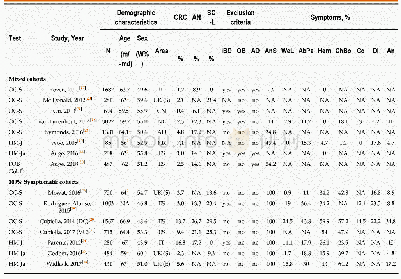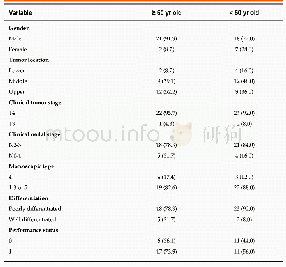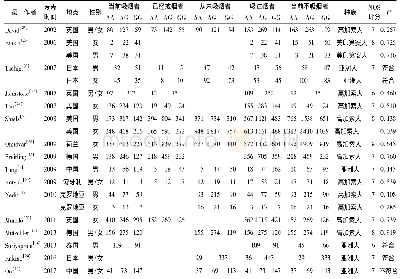《Table 1.characteristics of the madden–Julian oscillation (m Jo) and Quasi-biweekly oscillation (QBW
 提示:宽带有限、当前游客访问压缩模式
提示:宽带有限、当前游客访问压缩模式
本系列图表出处文件名:随高清版一同展现
《"Revisiting the intraseasonal, interannual and interdecadal variability of tropical cyclones in the western North Pacific"》
Note that the ISO does not consist solely of the MJO.The kinetic energy of the 10–20-day QBWO can be stronger than that of the 30–60-day mode(Li and Zhou 1995).This10–20-day QBWO has been observed in the Asian monsoons(Krishnamurti and Bhalme 1976;Krishnamurti and Ardanuy 1980;Chen and Chen 1993,1995;Mao and Chan2005;Zhou and Chan 2005,2007;Kikuchi and Wang 2009;Wen et al.2010)and originates from the WNP through an equatorial Rossby wave(Chen and Sui 2010).The results of Li and Zhou(2013a,2013b)highlighted the distinctive role of both the 30–60-day and the 10–20-day ISO modes in intraseasonal TC prediction.Specifically,the MJO accounts for about 23%of the total TC formation in the WNP and predominantly controls the basin-wide TC frequency in the WNP as well as the northeastward shift in TC genesis locations.There is a significant enhancement(suppression)in cyclogenesis during the convective(nonconvective)MJO phases,associated with the concomitant strengthening(weakening)of the monsoon trough.Such a large contrast in TC frequency also results in a significant difference in daily accumulated cyclone energy between the convective and nonconvective phases,even though the variation in intensity is small.Apart from the genesis frequency and intensity,the MJO also exerts significant impacts on TC activity and landfalls through alternations of the genesis positions and the environmental steering flows,influencing a wide area including the Philippines,Vietnam,China,and Japan.The QBWO,on the other hand,is characterized by alternating signals that are induced near the dateline and propagate northwestward into the South China Sea(SCS).About 20%of TCs are associated with the active QBWO,which is comparable to the active MJO.Moreover,the variance in the QBWO is found to be larger than that in the MJO during the TC season,suggesting that it is a non-negligible component of the ISO.Rather than the basin-wide TC modulations caused by the MJO,the impact of the QBWO is more localized due to its smaller scale.The alternating positive and negative convection anomalies associated with the QBWO result in opposite TC modulations mainly in the WNP and result in a northwestward shift in TC genesis positions.The prominent change in genesis locations in turn leads to substantial differences in intensity distribution and daily accumulated cyclone energy for different QBWO phases.Besides,the tracks and landfalls of TCs also possess quasi-biweekly variations that are closely associated with the QBWO.The characteristics of the MJO and QBWO and their respective impacts on TCs are summarized in Table 1.
| 图表编号 | XD00187336600 严禁用于非法目的 |
|---|---|
| 绘制时间 | 2018.03.16 |
| 作者 | LI Richard C.Y.、ZHOU Wen |
| 绘制单位 | City University of Hong Kong Shenzhen Research Institute、School of Energy and Environment, Guy Carpenter Asia-Pacific Climate Impact Center, City University of Hong Kong、City University of Hong Kong Shenzhen Research Institute、School of Energy and Environ |
| 更多格式 | 高清、无水印(增值服务) |





